10 Overhyped Vacation Spots To Avoid And 5 Hidden Gems Worth Discovering Instead

Remember when travel felt like a real adventure—full of discovery, not delays and crowds? These days, many once-magical destinations are packed with tour buses, inflated prices, and selfie spots on every corner. The charm that drew people in has slowly been replaced by the pressure of mass tourism.
But not everywhere has lost its magic. While some hotspots are now more stress than escape, there are still places that feel genuine, peaceful, and surprisingly uncrowded. If you’re looking to swap tourist traps for real experiences, these underrated destinations deserve a spot on your list.
1. Santorini, Greece
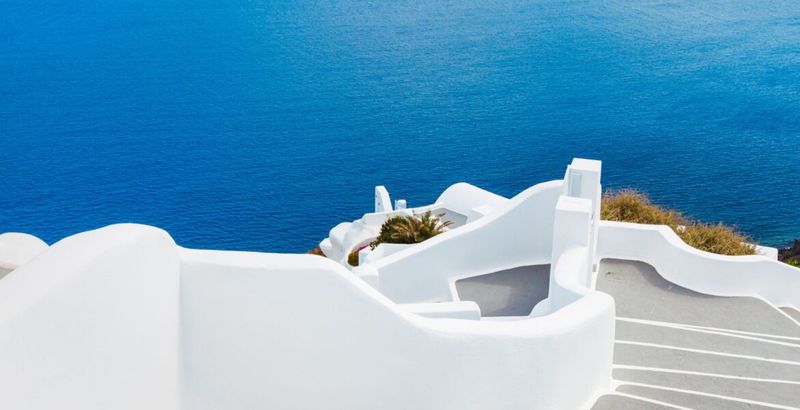
What was once a peaceful volcanic paradise has transformed into a sea of tourists. Santorini’s iconic white buildings and blue domes now serve as backdrops for endless Instagram photoshoots.
Narrow streets become human traffic jams when cruise ships dock, releasing thousands of day-trippers. Local restaurants have been replaced by overpriced tourist traps serving mediocre food at premium prices.
2. Bali, Indonesia

Paradise lost might be the best way to describe this once-tranquil island. Bali’s serene rice terraces and spiritual temples now compete with beach clubs, traffic jams, and Instagram hotspots.
Plastic waste washes up on formerly pristine beaches while digital nomads drive up housing costs for locals. The island’s infrastructure struggles to support the millions who flock there yearly, causing water shortages in some areas.
3. Venice, Italy

Floating on water but drowning in tourists might sum up the current state of this historic marvel. Venice welcomes around 30 million visitors annually – in a city of just 50,000 residents.
Massive cruise ships tower over delicate historic buildings, while gondola rides now feel more like bumper boats. Authentic local life has largely vanished from the center, replaced by souvenir shops and overpriced cafes catering exclusively to one-day visitors.
4. Tulum, Mexico
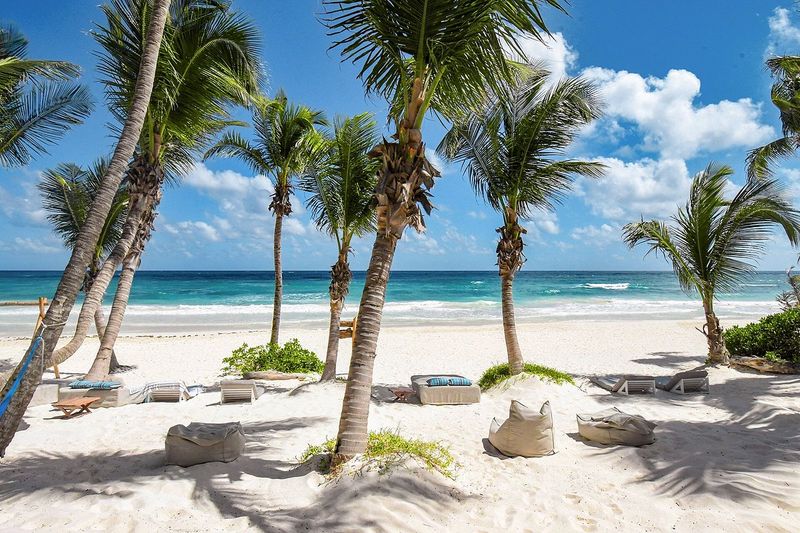
From bohemian beach retreat to overpriced playground for influencers – that’s the transformation no one asked for. Tulum’s once-affordable cabanas now cost more than luxury hotels in major cities.
Traffic crawls along the single coastal road while sewage systems fail to keep pace with development. The ancient Mayan ruins that made this destination famous now serve as mere backdrops for social media posts, with long lines just to get that “perfect shot.”
5. Dubrovnik, Croatia
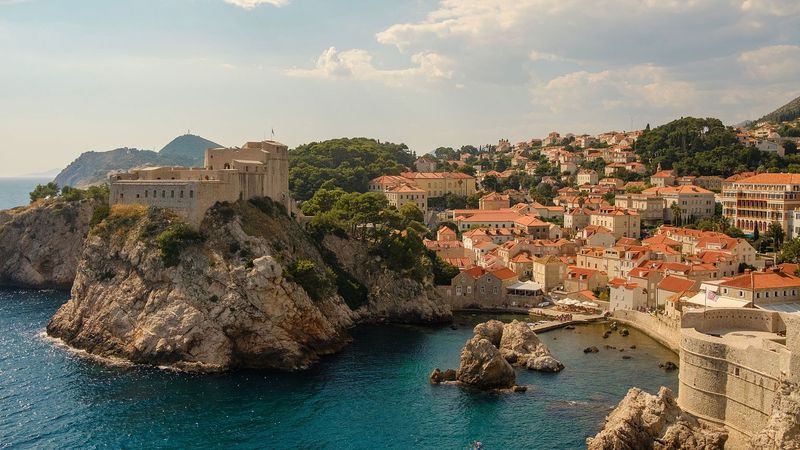
Ever since a certain dragon-filled TV show used this medieval gem as a filming location, peace has been hard to find. Dubrovnik’s ancient walls now contain more tourists than locals during summer months.
The city has implemented visitor caps after UNESCO threatened to revoke its World Heritage status. Walking the main street feels like navigating a human obstacle course, with prices that would make even Lannister gold seem insufficient.
6. Phuket, Thailand
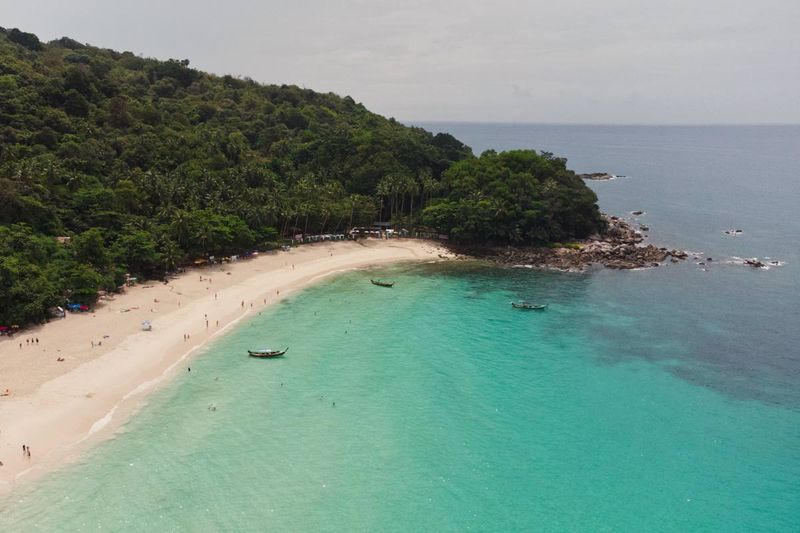
Beach paradise has given way to concrete jungle in this once-idyllic corner of Southeast Asia. Phuket’s transformation from serene getaway to party central has brought with it all the usual suspects: inflated prices, polluted beaches, and commercialized culture.
Beach chairs stretch as far as the eye can see, while jet skis and party boats disturb what little tranquility remains. At night, neon lights and thumping music replace the natural sounds of waves and tropical birds.
7. Amalfi Coast, Italy
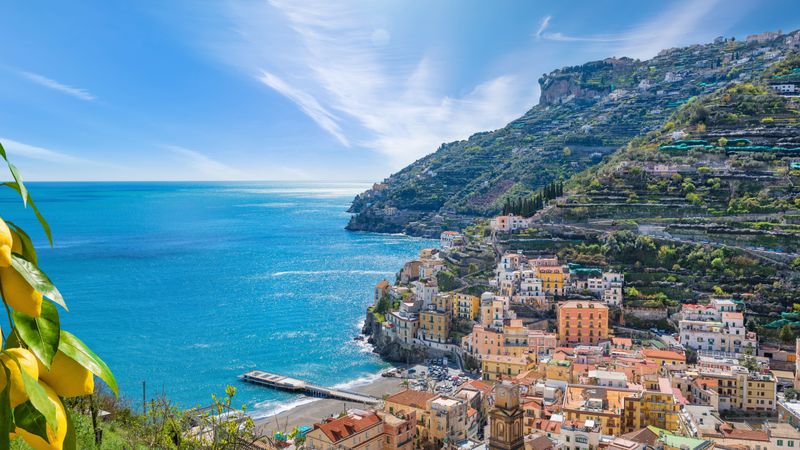
Those dreamy clifftop views come with a hefty side of frustration these days. The Amalfi Coast’s narrow, winding roads become parking lots in summer, with bus drivers honking at each blind turn.
Finding a spot on the tiny beaches requires early morning dedication and a willingness to pay premium prices. Locals increasingly flee during high season, leaving behind a beautiful but somewhat hollow version of this Mediterranean paradise.
8. Barcelona, Spain

Local resistance has become the theme in this architectural wonderland where tourism has pushed many residents out. Barcelona’s famous La Rambla now feels more like a tourist conveyor belt than a beloved local promenade.
Apartment buildings display “Tourists Go Home” banners while Gaudí’s masterpieces require booking weeks in advance. The authentic tapas bars of yesteryear have largely been replaced by overpriced establishments serving watered-down sangria to sunburned visitors.
9. Reykjavik, Iceland
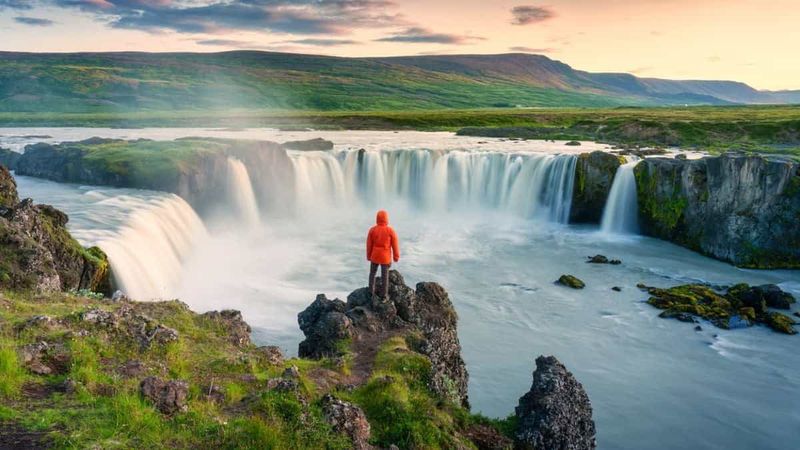
From obscure northern outpost to tourist superhub in just a decade – that’s quite the transformation. Reykjavik and its surrounding natural wonders now see more annual visitors than the entire population of Iceland.
Tour buses create traffic jams at once-serene waterfalls. Hotel prices rival those of New York or London, pushing budget travelers into cramped hostels. The famous Blue Lagoon now requires advance reservations just to dip your toe in its mineral-rich waters.
10. Queenstown, New Zealand

Adventure seekers now need to book months in advance just to experience what made this mountain town famous. Queenstown’s once-peaceful lake shores now buzz with tour operators, souvenir shops, and fast-food chains.
Housing has become unaffordable for locals as vacation rentals take over. The surrounding hiking trails resemble highway traffic during peak season, with queues forming at popular photo spots. Even adrenaline activities now come with hour-long waits and premium price tags.
11. Colchagua Valley, Chile
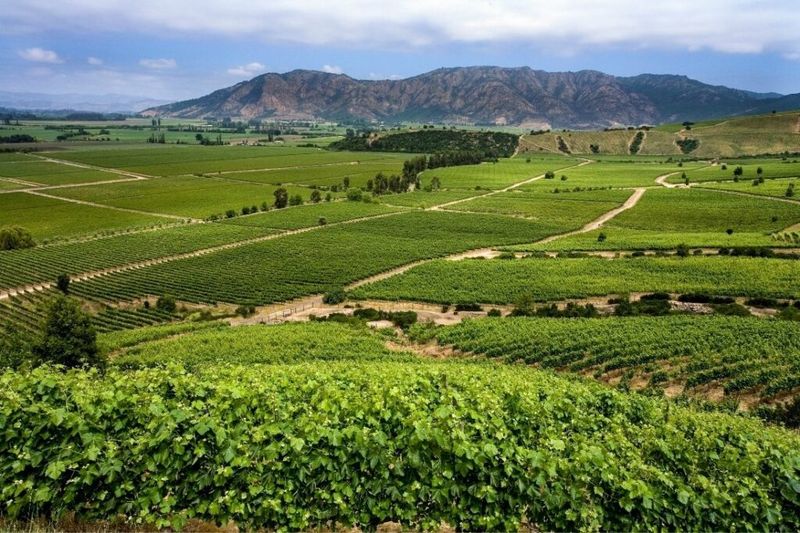
Rolling hills covered in grapevines stretch toward distant mountains, creating postcard-worthy scenes at every turn. The Colchagua Valley offers world-class wines without the pretension or crowds of more famous regions.
Family-run wineries welcome visitors with genuine hospitality rather than rehearsed corporate tours. You might find yourself chatting with the winemaker directly while sampling robust Carménère or elegant Cabernet Sauvignon, all without having to elbow through crowds or make reservations months in advance.
12. Gjirokastër, Albania
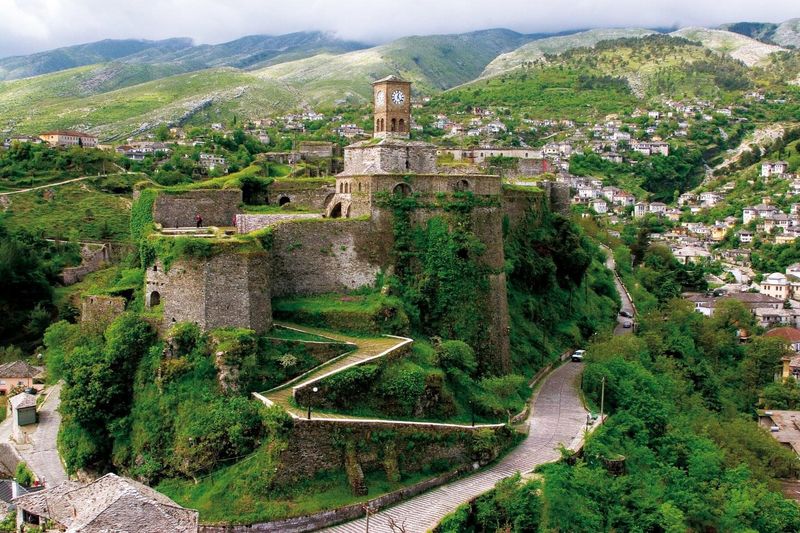
Stone houses cascade down hillsides like something from a fairytale, their slate roofs gleaming in the Mediterranean sun. Gjirokastër remains wonderfully authentic, with locals going about daily life amid Ottoman-era architecture.
The imposing castle offers sweeping views with barely another tourist in sight. Wander through the old bazaar where artisans still practice traditional crafts, or stop at family-run restaurants serving slow-cooked lamb and fresh mountain herbs for a fraction of what you’d pay elsewhere in Europe.
13. Kotor, Montenegro
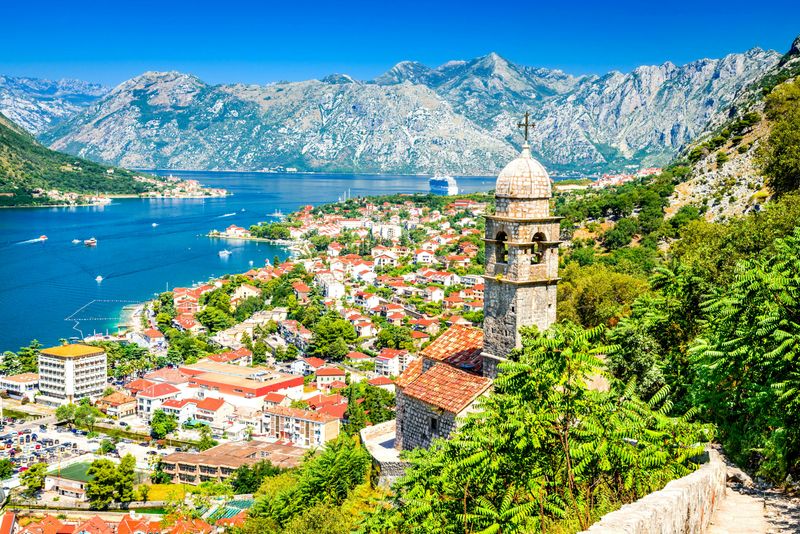
Dramatic limestone cliffs plunge into a sapphire bay, creating one of Europe’s most spectacular settings that somehow remains under-visited. Kotor’s medieval walled town invites exploration through narrow marble streets and hidden squares.
Climb the fortress walls at sunset when most day-trippers have departed, and you’ll likely have panoramic views largely to yourself. Local konobas (taverns) serve fresh seafood and strong rakija (fruit brandy) at prices that will make you wonder why you ever considered more famous Adriatic destinations.
14. Setouchi Islands, Japan
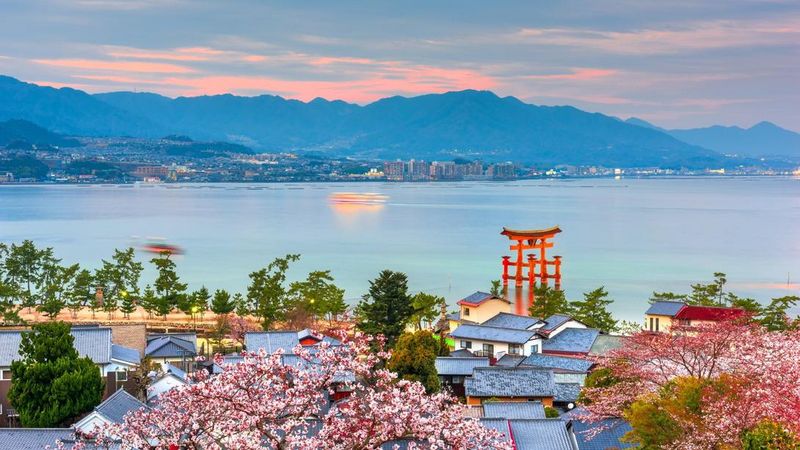
Scattered across a shimmering inland sea lie islands where time seems to move more slowly than the rest of Japan. The Setouchi region combines contemporary art installations with traditional fishing villages and ancient temples.
Cycle across island-connecting bridges with barely another tourist in sight. On Naoshima, world-class art museums sit alongside sleepy harbors where fishermen mend nets as they have for generations. Ferry between islands at your own pace, discovering hidden beaches and local specialties without fighting crowds.
15. Alentejo, Portugal
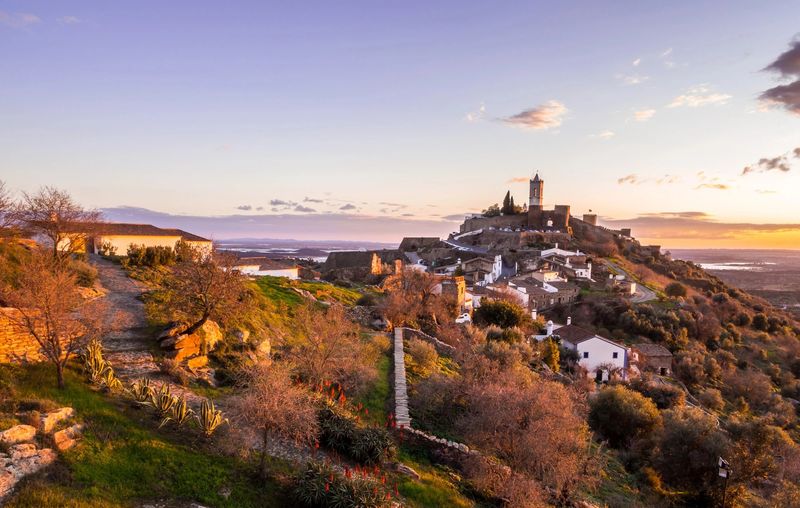
Golden plains stretch toward the horizon, dotted with cork oak trees and whitewashed villages that seem frozen in time. The Alentejo region occupies nearly a third of Portugal yet remains blissfully untouched by mass tourism.
Medieval towns like Monsaraz and Marvão offer panoramic views with barely another visitor in sight. Local taverns serve hearty dishes of black pork, wild mushrooms, and sheep’s cheese paired with robust regional wines. Pristine beaches along the Atlantic coast provide solitude even in summer months.
